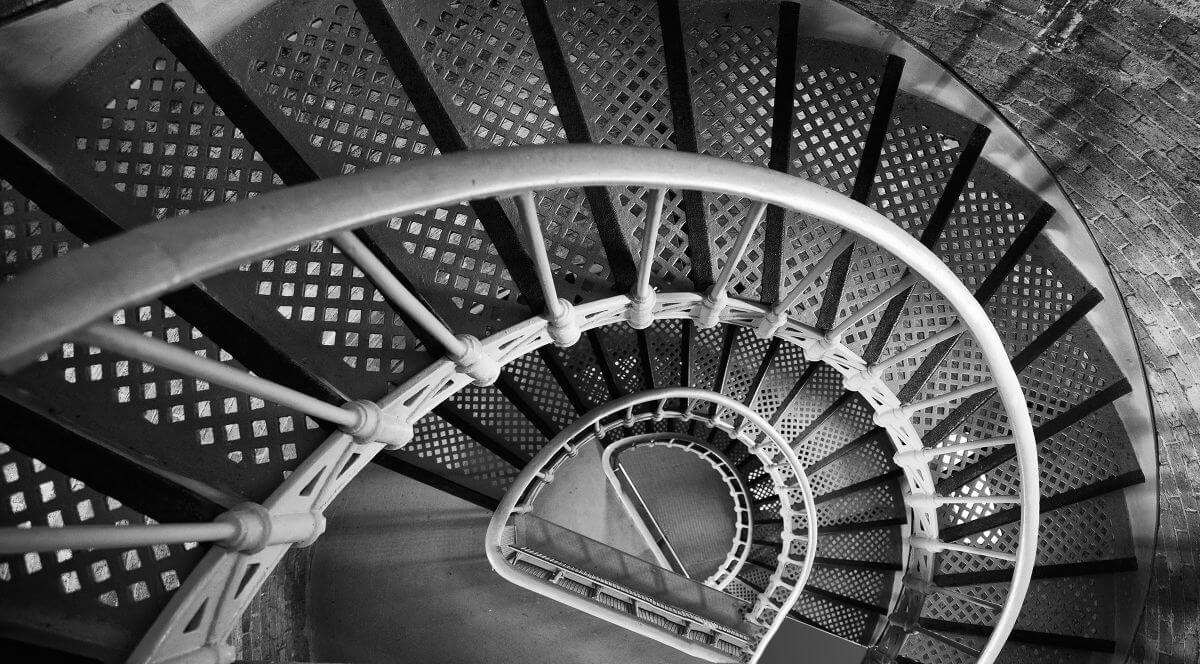
In the future, to eliminate the consequences of various natural and manmade disasters can not send troops carefully trained rescue workers, and specialized robots. However, first they have to Refine and teach for many years. In fact, such robots must be able to overcome any unusual obstacles. Even ordinary stairs may represent for them a serious obstacle. Honda’s engineers have tried to solve this problem on its own.
A working prototype of the robot rescue E2-DR, which was first announced in 2015, today is able to do many things. With the growth of 1.68 meters and weighing 85 kilograms, the robot is able to walk slowly, to cross various objects, climb ladders and stairs, squeeze through narrow passages, and disassemble a pile of garbage. For all its advantages, it is capable of running in the pouring rain for 20 minutes in a row, which is quite a good achievement of the Japanese engineers.
To reduce the weight of the robot, the Japanese decided to abandon the traditional cables for transmitting information between the blocks, replacing them with optical fiber. Works E2-DR battery 1000 Wh, which can power it for a half hour. The brain of the robot is an Intel Core-i7, which is cooled with the help of multiple built-in coolers. The manipulators of the robot equipped with multiple cameras and 3D sensors, allowing him not only to raise objects from the ground, and carefully grasping the handrail, stair treads and handrails.
We offer you to look at the footage recorded during testing of the robot. Yes, as long as he moves extremely slowly. But this is only the test sample on which the scientists and engineers practicing their techniques. It’s only a matter of time before the role of rescuers begin to play a complex endowed with artificial intelligence mechanisms.

#video | Honda taught the robot lifeguard to go up stairs
Sergey Grey